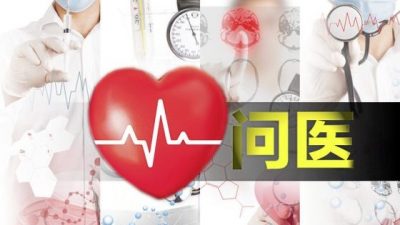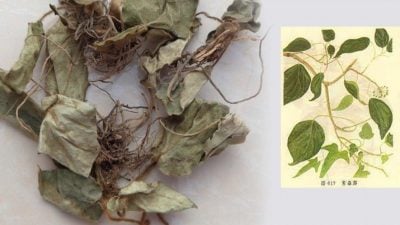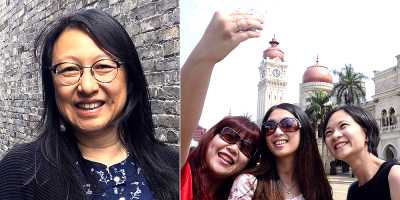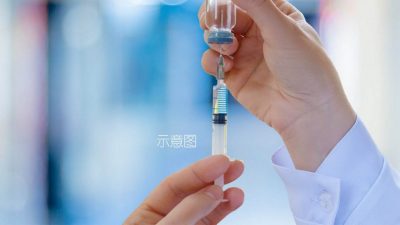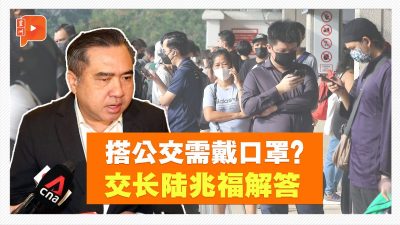By Dr. Chow Sze Loon
Current bottleneck in public health response is not unexpected following various avenues of COVID testing which are not matched with the ongoing limited, strained capacity in tracing and isolate as per FTTIS framework by WHO.
Battling the emergence of Delta variant, silent hypoxia and increasing BID cases, vaccination, along with double masking are the latest public health intervention introduced.
Vaccine breakthrough infection rate, based on the follow-up study among a quarter million MoH healthcare workers with higher exposure than normal population is low (1.26% Feb-July); 3.05% (Feb-Aug).
Such finding is reassuring as most of theses cases are consistently of mild category and are usually allowed for home isolation 1.
While stakeholders are exploring various innovative ways to clear the backlog in tracing and isolating positive cases, patients in home isolation could benefit from some essential tips on self care and monitoring:
1. MDA-approved pulse oximeter is an essential equipment
About 3.5% of the low-risk patients may deteriorate into category 4-5 with warning signs 2.
Thus, patients need to be empowered to self monitor and be alert, report those warning signs (e.g: persistent or new onset of fever, extreme fatigue, respiratory compromise, profuse sweating, blue lips or change in skin color) that warrant immediate medical attention.
Health Assessment Tool (HAT) in MySejahtera app has been developed for that purpose.
MDA-approved pulse oximeter is an essential tool to identify the need for medical evaluation, oxygen therapy or hospitalization, even before the onset of warning signs.
It is a safe, non-invasive way of assessing oxygen saturation in the blood at any given time. It is also recommended by WHO in its guideline for home care for COVID-19 patients to prevent silent hypoxia (interim guidance, 12 Aug 2020) 3.
Therefore, setting a ceiling price for such essential device is certainly timely and helpful.
High-quality equipment consistently provides results within minimal margin (+/-2%). However, factors such as movement, temperature, or nail polish are known to impact its accuracy.
2. Equip patients with tips on self care and management
Firstly, staying calm, positive and being aware of the baseline oxygen saturation is important.
Generally, SpO2 above 95% is considered normal. Practical breathing exercise, rehabilitation tips and self management after COVID-related illness can be obtained from WHO self-management leaflet 4.
COVID-19 patients isolated at home should not be deprived of tips on rehabilitation.
Simple, easy-to-follow methods on effective breathing techniques and guide on self proning (helpful in improving SpO2) can be referred by patients at home.
The Occupational Therapy Unit under Penang General Hospital has produced a video to ensure all COVID-19 patients get access to the relevant rehabilitation tips. 5
3. Remember self isolation is a great social responsibility
Self isolation is a great social responsibility for the purpose of public health. It requires awareness and discipline, though continuous enforcement does play a role.
Non-pharmacological interventions applied globally are rather similar, notwithstanding the timing of implementation. The main difference is perhaps the compliance of these measures which ultimately falls back to the discipline and awareness of its society.
Finally, it is high time for all stakeholders to recognize and accept digital Home Surveillance Order (HSO) as part of digitization initiative as the nation moves towards recovery plan. Such effort is not just environmentally friendly but also time-saving.
References:
1 Breakthrough infection rate among MoH healthcare workers
2 Risk stratification for COVID-19 patients and COVID-19 warning signs
3 Home care for patients with suspected or confirmed COVID-19 and management of their contacts
4 Support for rehabilitation self-management after COVID-19-related illness (2020) (produced by WHO/Europe)
5 Post COVID-19 occupational therapy activities
(Dr. Chow Sze Loon is a medical specialist trained in public health, former state public health surveillance officer involved in surveillance, preparedness and response activities on infectious diseases outbreak, crisis, disaster and emergency in Penang.)
ADVERTISEMENT
ADVERTISEMENT






